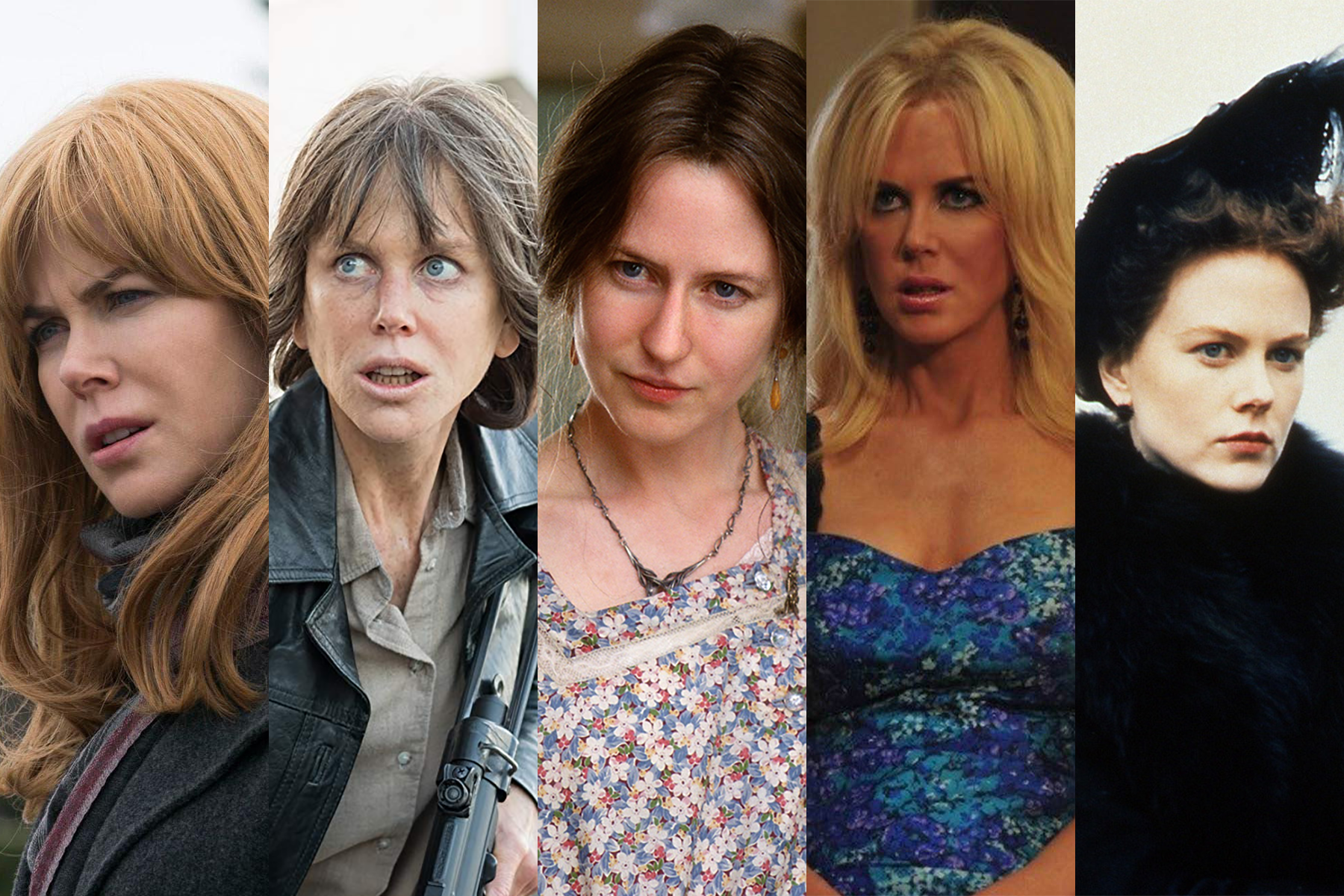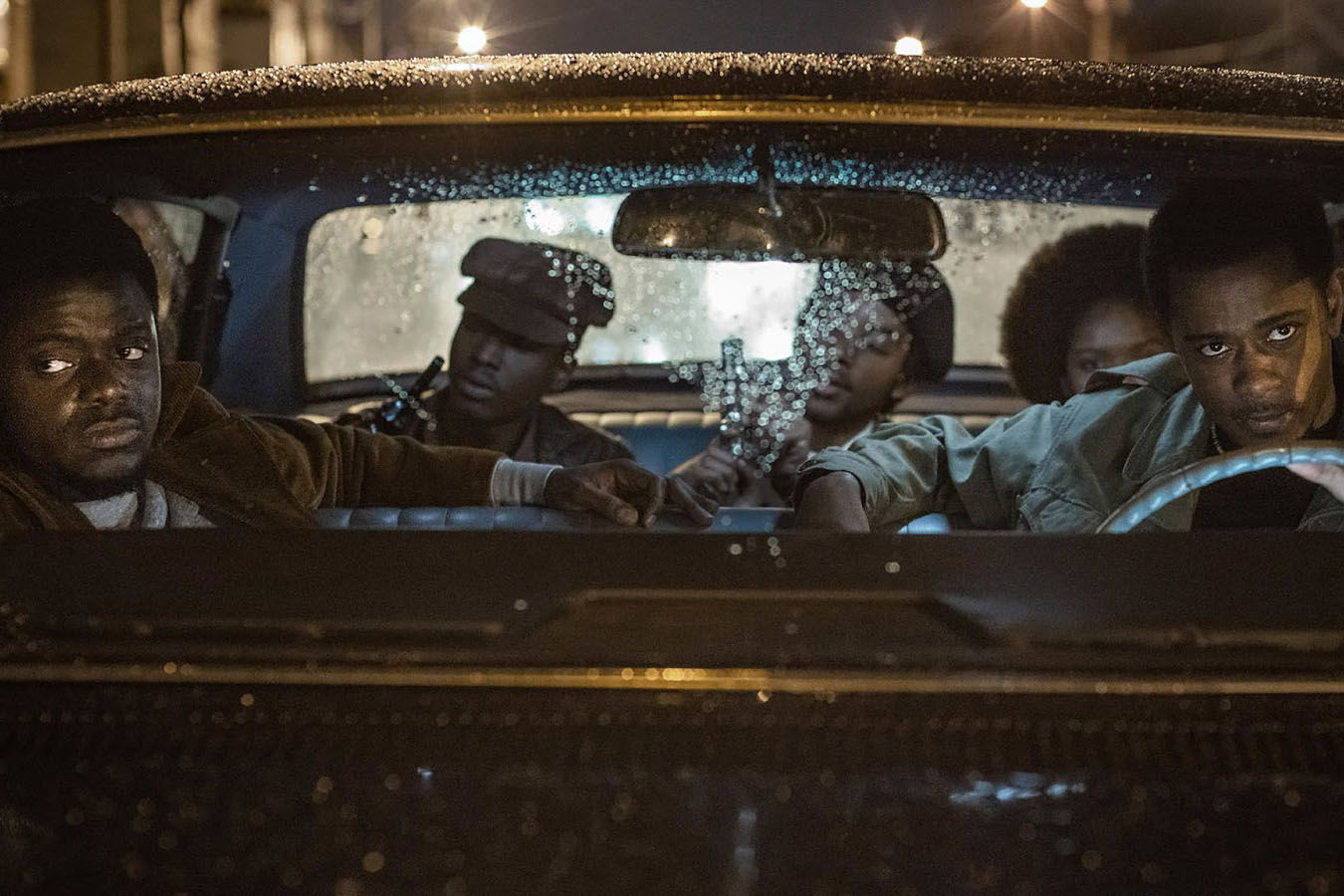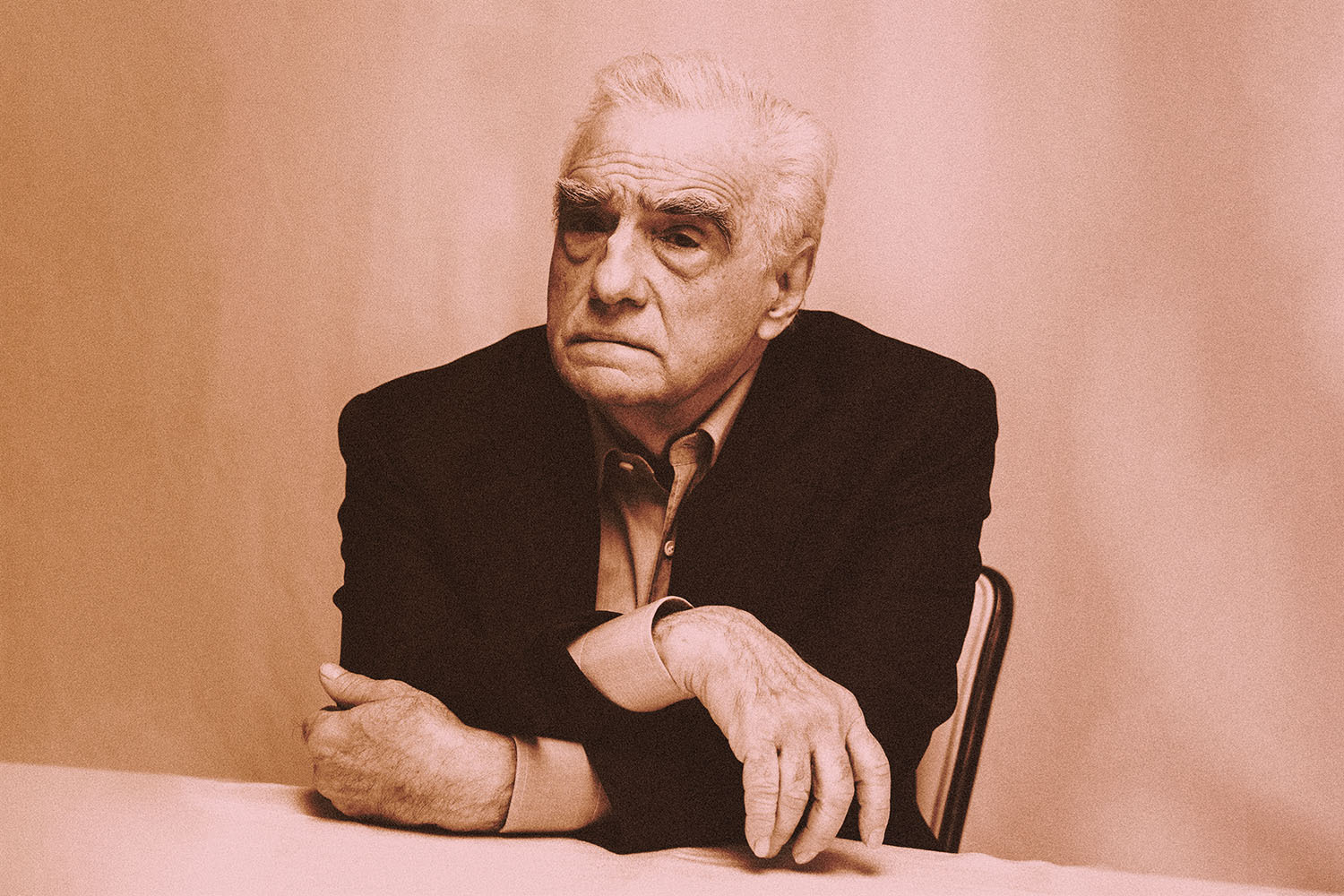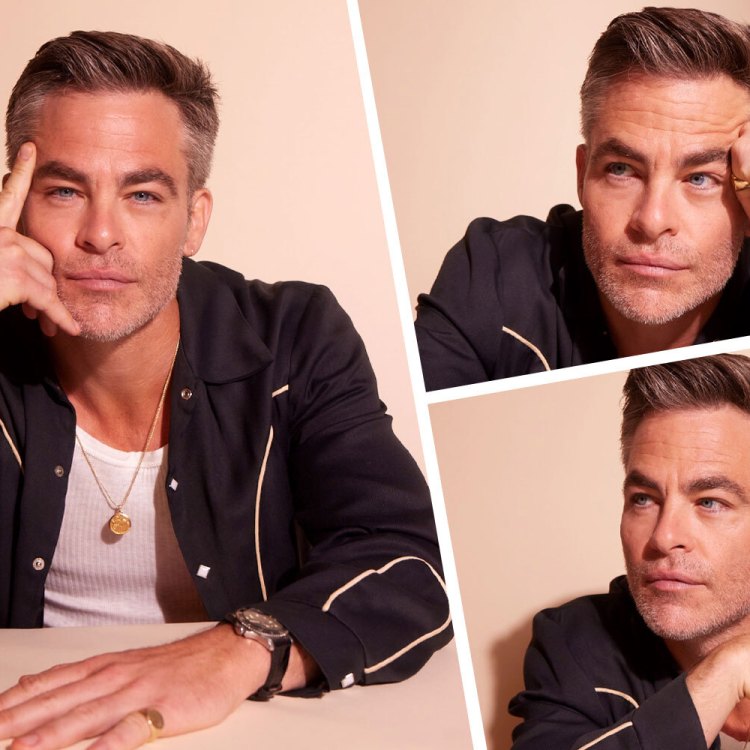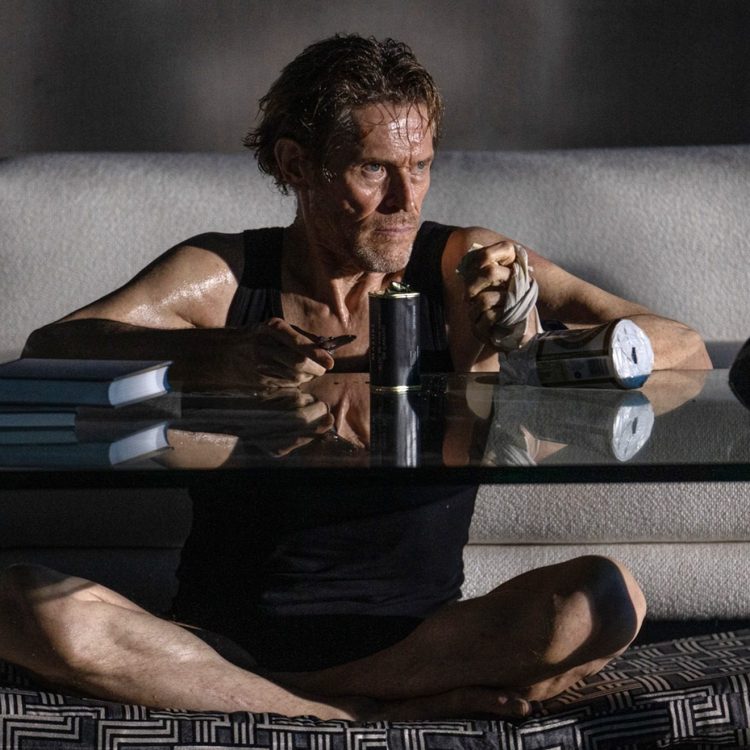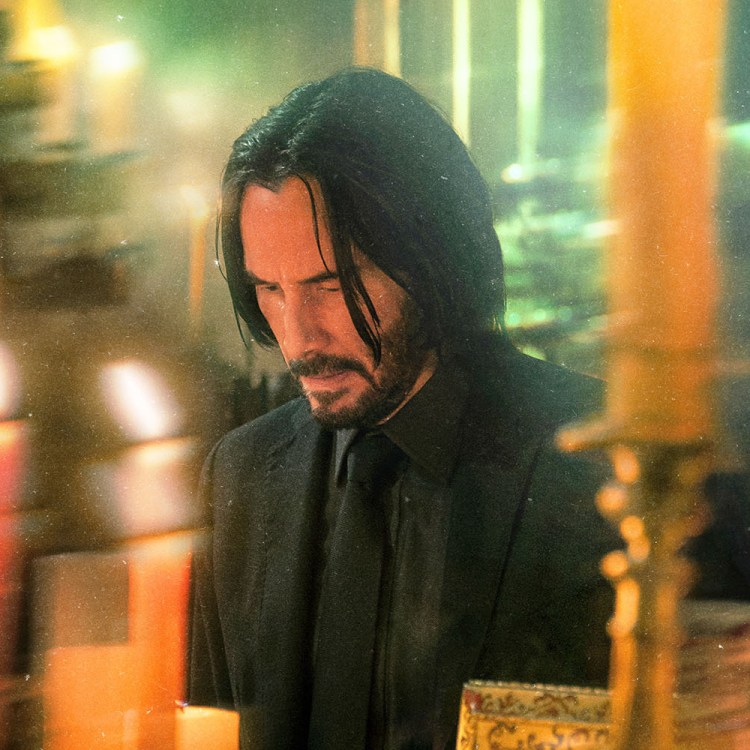Laura Dern “projects vitality and familiarity — we feel as if we know her and like her — but also a wild unpredictability,” the Vulture critic Bilge Ebiri has written. “Anything seems possible when she’s onscreen.” This was 2019, as newly minted meme queen Dern campaigned for an Oscar so foreordained that her promotional obligations could double as a victory lap, an opportunity for commentators to show appreciation for an actor everyone, paradoxically, agreed was criminally underrated.
It’s true enough that Dern’s star persona is less fixed than that of other actors of her stature — she’s not an acteur like Meryl Streep, a plucky upstart like Reese Witherspoon, a jaguar like Michelle Pfeiffer or an MMA girlboss like Charlize Theron. In reckoning with a career that has often zigged where Hollywood GPS would indicate a zag, many stans fix on her first starring role: 1985’s sensitive and daring Smooth Talk, as 15-year-old Connie, who discovers the ecstasies and terrors of adult sexuality. Now, following a restoration that was the revelation of last fall’s New York Film Festival (and a virtual-cinema run that continues up to this writing), Smooth Talk enters the Criterion Collection on February 23. It’s a fitting, overdue canonization for a film directed by Joyce Chopra with remarkable perceptiveness, and featuring a fully formed star turn from Dern, a multilayered performance that offers some clues as to the kind of performer she would become — and remains, to this day.
Smooth Talk opens with Connie on the beach with her friends, waking up from a nap. Everything that follows is a teenage dream. Hitching a ride back to town, Connie throws out a thumb and juts out a hip, playing at being a sex kitten — and almost immediately catches a lift from a sleaze in a pickup truck. It’s the movie in miniature: Connie is exhilarated to discover that she can attract male attention for real, then frozen by its consequences.
At home, at a farmhouse beyond the suburbs which her mother (Mary Kay Place) is constantly repainting, Connie is out of place: vain and careless, in puppy love with her own beauty, swanning around in a short pink robe or painting her toenails with an almost religious concentration. Coming home one night, she looks through the window at her parents and older sister playing cards, like a prowler intruding on their contentment. Connie and her mom fight constantly; Dern struggles guiltily to make eye contact with Place during a rope’s-end harangue, one of many, about her “trashy daydreams.”
Connie and her friends go shopping, accessorizing and applying makeup only once the parent who dropped them off is gone. Shot in Sonoma County, California, Smooth Talk’s mall-madness scenes are more naturalistic, the styles a little dustier, than in the ‘80s teen films made in the southern half of the state. Chopra draws out hilariously tender behavioral details from the fragile teen egos posing in the food-court panopticon, most of all from Dern, with her big-joke ogling of guys with nice buns, performative brazen gagging at gross guys, and nervous lip-biting that cute guys mistake for flirting. Across the highway from the mall is the roadhouse, where older kids hang out, kids old enough to have their own wheels, and at which Connie debuts in a terrifyingly aspirational backless halter top.
Compared to the mall, the roadhouse is out of time, with its chrome and neon and parking lot full of hotrods. It’s a little like Twin Peaks’ Bang Bang Bar: as in so much of David Lynch’s work, there’s a sense here of teenage life fuzzily arrested in the roadside-Americana ‘60s. Images in Smooth Talk have a luminous potency: a blue J.C. Penney sign glowing retrofuturistically above an empty parking lot, or the city spread out below the Lover’s Lane where a boy takes Connie to park. Dern’s face registers Connie’s excitement at the world widening out before her, and her barely articulated disappointment when it narrows back down to a sloppy smooch.
At the roadhouse, Chopra shifts her point of view away from Connie for one of the only times in the film. As a nervous Connie heads to the jukebox for something to do, a little musical courage, Chopra cutting to a shot from the parking lot. Behind the windows of the roadhouse, Connie dances across the frame, shaking the fear out of her long limbs, tossing her hair, before, jarringly, an older guy — a real older guy, played by Treat Williams — comes into the frame, watching her. It’s possible to see Connie as he sees her, as a girl putting on a show for an unknown male audience.
Smooth Talk is based on Joyce Carol Oates’s 1966 short story “Where Are You Going, Where Have You Been?” Dedicated to Bob Dylan, and originally titled “Death and the Maiden,” Oates’s story is a parable about heedless teenage hedonism and the hard edges of sex and violence at the end of the open road. Oates was inspired by a Life magazine story about the “Pied Piper of Tucson,” a 23-year-old dropout who hung out with the kids on Speedway Boulevard, dying his hair and wearing makeup in a kind of teenage drag, throwing beer parties and eventually committing multiple murders with willing adolescent accomplices. Oates — who in later years would misremember some details about the Life story — focuses on a normal shallow teenager living a normal shallow teenage life, until one day when her family is out and an older stranger drives up to her house and asks her to take a ride with him. (When we read “Where Are You Going, Where Have You Been?” in ninth-grade English, my teacher assigned it alongside Emily Dickinson: “Because I could not stop for Death/He kindly stopped for me/The Carriage held but just Ourselves/And Immortality.” Around this time, I also discovered “Halloween,” by the Dream Syndicate: “He says, ‘Let’s go for a ride,’ and he/says it all the time/‘You know you’ve got a lot to live for/and you’re gonna be mine.’”
Deftly scripted by Chopra’s husband Tom Cole, Smooth Talk elaborates on the bones of Oates’s story for its first hour before its final sequence, a remarkable 30-minute dialogue — the entire third act of the film — between Dern and Williams, as the man with the convertible, Arnold Friend. (“And that’s what I want to be to you: A. Friend.”) Williams plays it corny at first, drawing out Connie’s mean-girl brashness and making her feel complicit when things turn sinister. Like a vampire, he won’t come inside unless he’s asked, but there’s a only a screen door between them.
Oates’s story is a feverish transcription of the Life story, with details lifted in a half-remembered hormonal rush. Connie observes that beneath his greaser’s jeans, Arnold Friend stumbles in his boots: One of them sticks out at a crazy angle, “they must have been stuffed with something so that he would seem taller.” In fact the Pied Piper of Tucson did do this, with rags and crushed cans, but there’s no reason this needs to be in the story, and so Arnold’s wobble hangs there inexplicably, like a glitch in the simulation.
The teenage uncanny, a nostalgia so familiar it seems false, a facsimile, is pure David Lynch, who must — surely! — have seen Smooth Talk before casting Dern the following year in his own sunny-sinister coming-of-age story, Blue Velvet. The way Chopra adjusts her camera angles during the final scene, so that the staircase in Connie’s front hall begins to loom over her, is frightening — it’s a gradual vertigo of realization, of a secret second layer in the domestic space. Again, one detects a forebear for Lynch, this time presaging the recurrent low-angle shots of the staircase in the Palmer house in Twin Peaks, another story of dark menace behind a familiar facade, and of a teenage girl’s double life of innocence and experience.
Duality is everything to Lynch, whose narratives are frequently split in half by a traumatic event — as in Lost Highway, or Mulholland Dr. And so too, sometimes, are the characters Dern plays for him: the poor, brittle, emptied-out Diane in Twin Peaks: The Return, the “woman in trouble” splintered across the ominous Hollywood labyrinth of Inland Empire.
Interviewing Dern in 1990, Gary Indiana commented on the paradox of her healthy-looking, sunny beauty and the almost supernatural energy channeled through it — her “supreme gift for edgy, multi-textured roles.” “She has charted the territory where innocence and dark reality meet and mutate into unpredictable forms of life,” he wrote. “Dern’s characters are never simple. They contain lurking contradictions, mixed feelings, the jumble of motives and impulses present in every person.” One way to square this circle is to simply say that Laura Dern the person is kinda New Age-y. (As an emancipated teenager starting out in Hollywood, she was roommates with Marianne Williamson.) But Dern has been an ideal actress for Lynch, one perfectly at home in his flickering-light borderlands.
Dern throughout her career, beginning in Smooth Talk, has a distinctive way of crying. She looks up when she cries, and makes this very particular gaping-mouth grimace; you can feel the heaviness of the sob in her throat, and her chin thrusts forward and her eyes turn skyward, imploringly. The upturned gaze makes her look beatific, as if experiencing a moment of spiritual anguish. It’s the cry-face she makes in Blue Velvet; in Lynch’s Wild at Heart, when she plays another lusty kid in an open car.
And Arnold Friend, for his part, is the precursor to Wild at Heart’s Bobby Peru, who likewise threatens a tremor of consent out of Dern’s Lula without laying a hand on her. And the scared, secret way Dern whispers to Williams through the screen door — “You’re not saying this” — made me think of Betty’s second audition in Mulholland Dr., that sultry, murmured “I hate us both.” Smooth Talk’s structural asymmetry within an ostensibly solid genre foundation foretells Lynch’s own double-jointed narratives, just as the vibrations of its happy ending recall Blue Velvet’s. Once you start looking for Lynch in Smooth Talk, you see him everywhere — or, really, in everything Dern does.
This article was featured in the InsideHook newsletter. Sign up now.

